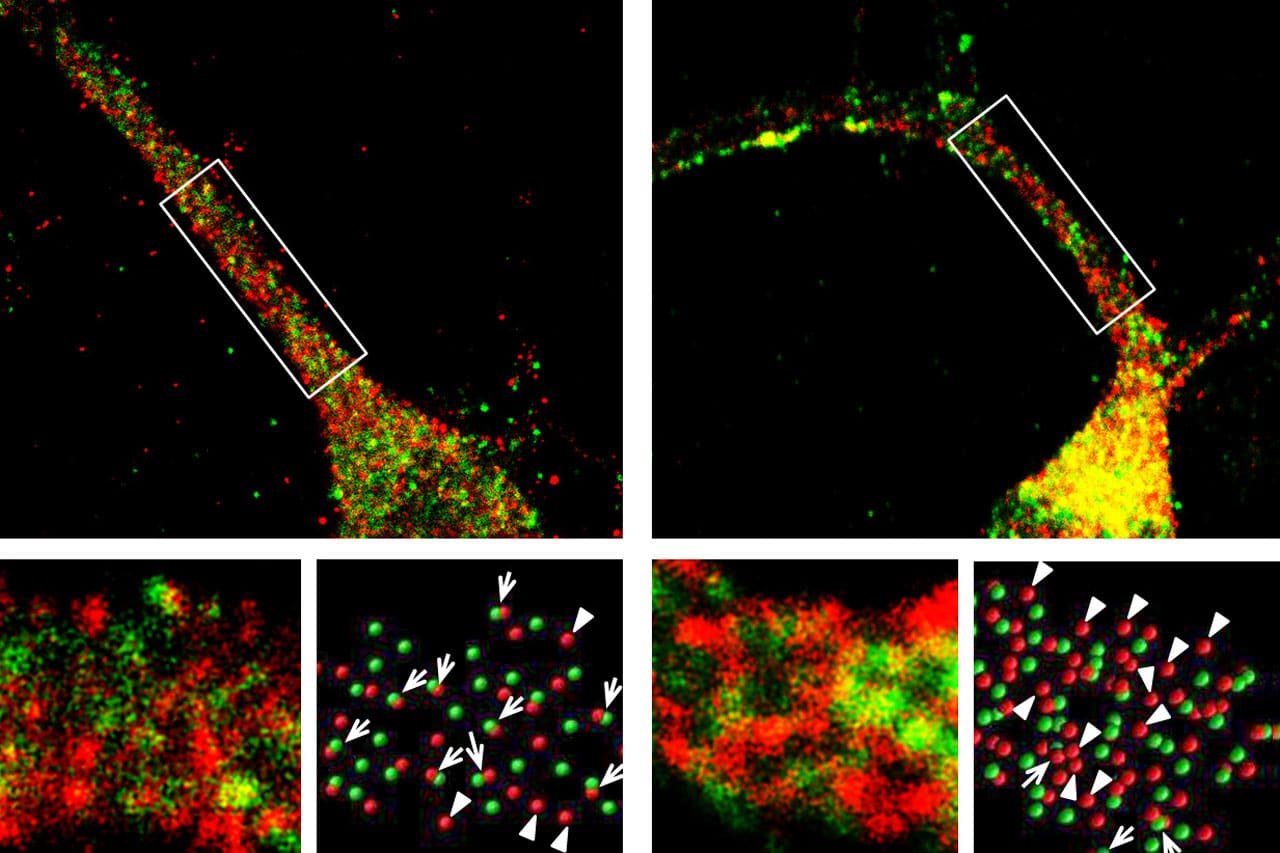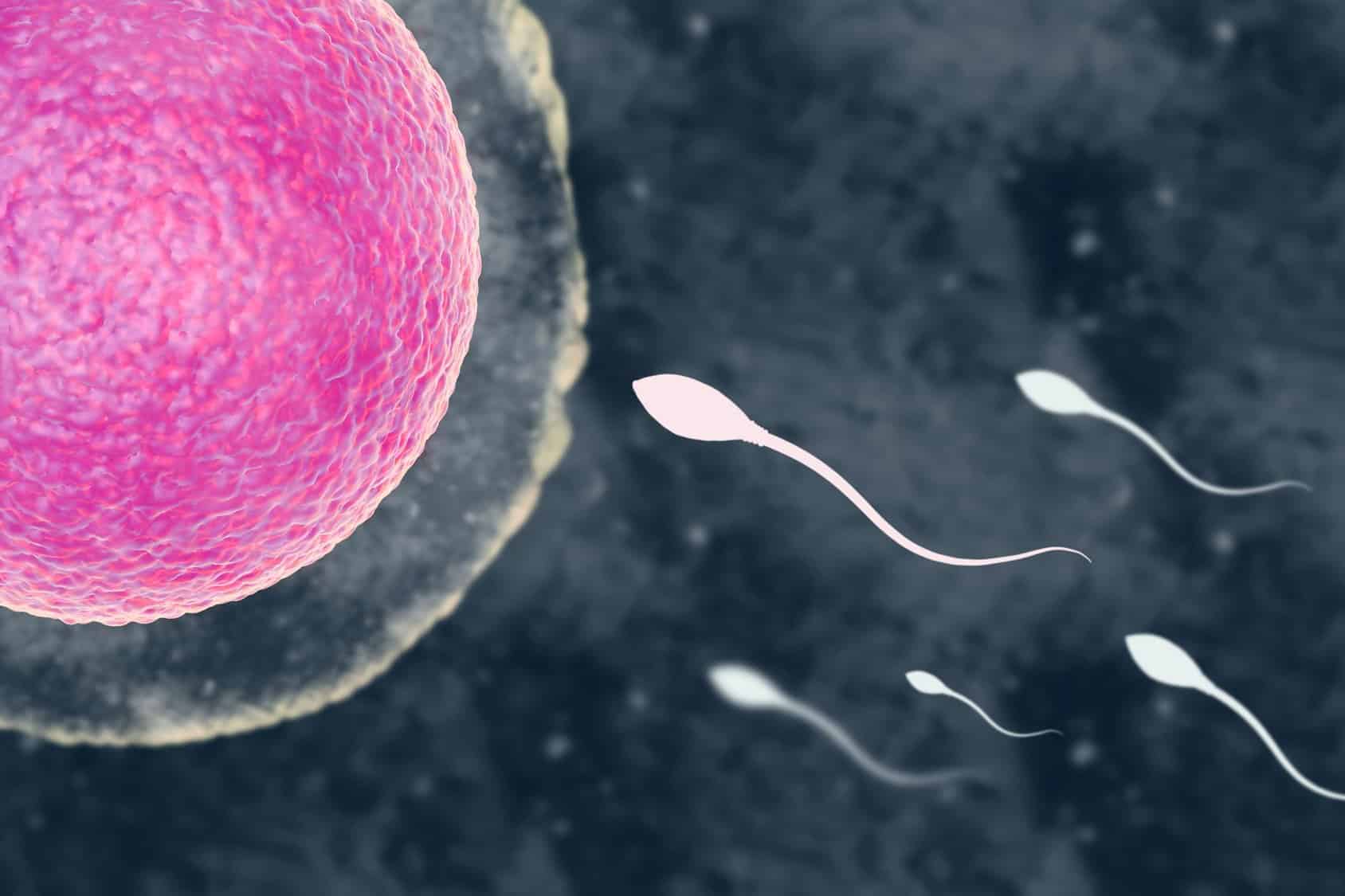You are, right this minute, the site of some unbelievably complicated biochemistry. In order for your body to do literally anything — jump on a trampoline, walk yourself to the bathroom, move your eyeballs as you read this article — you need to be able to accomplish something called cellular respiration, in which your cells create energy out of the oxygen you breathe and the food you eat. And as you can imagine, turning a peanut butter and jelly sandwich into a pushup is a bit of a process.
Cellular Respiration
One main goal of cellular respiration is to create a specific type of stored energy called ATP, or adenosine triphosphate. Think of it as the energy language spoken by your cells. Sunlight is energy, but we can’t power our bodies with it because it’s not speaking the energy language our bodies know — animal bodies only speak ATP, so somehow we have to turn the sugars in a PB&J into ATP in order to do a pushup.
One step of the long road from sandwich to pushup is called the Krebs cycle (also known as the citric acid cycle (CAC), or tricarboxylic acid cycle (TAC)) after Hans Krebs, who first worked out this crazy piece of biochemistry in 1937 and for which he won the Nobel Prize in Physiology or Medicine in 1953. It was well-earned because the Krebs cycle is an absolute doozy that utilizes changes in chemical bonds to rearrange energy.
The Krebs cycle happens in our cells across the inner membrane of the mitochondria — the organelles responsible for cellular power production. Cellular respiration is a multi-step process, starting with glycolysis, which breaks down the six-carbon ring of glucose and serves up these three-carbon molecules called pyruvic acids and two energy-rich compounds called NADH. From here, the Krebs cycle takes it away.
The Krebs Cycle
The Krebs cycle is an aerobic process, meaning it requires oxygen to work, so the Krebs cycle gets to business right away mixing carbon and oxygen in the respiration pathway:
“First, two carbons enter the cycle and two carbons are oxidized and removed from the cycle,” says Dale Beach, professor in the Department of Biological and Environmental Sciences at Longwood University in Farmville, Virginia. “We can think of this first step as completing the oxidation of the glucose sugar, and if we count the sugars, six entered the respiration pathway at glycolysis, and a total of six must exit. These aren’t really the same six carbons, but it does help to reinforce the conversion of glucose into carbon dioxide through the pathway.”
One of the carbons off the three-carbon molecule bonds with an oxygen molecule and leaves the cell as CO2. This leaves us with a two-carbon compound called acetyl coenzyme A, or acetyl coA. Further reactions reorganize the molecules in a way that oxidizes the carbons to get another NADH and a lower energy FADH.
The Roundabout
After completing the respiration pathway, the Krebs cycle undergoes a second oxidation process that looks a lot like a traffic roundabout — it’s what makes it a cycle. The acetyl coA enters the cycle, combining with oxaloacetate to form citrate — hence the name “Krebs cycle.” This citric acid is oxidized over the course of many steps, shedding carbons all the way around the roundabout until it eventually gets back to oxaloacetic acid. As carbons drop off the citric acid, they turn into carbon dioxide and are spat out of the cell and eventually exhaled by you.
“During the second oxidation, a new, high-energy bond is made with the sulfur of CoA to produce Succinate-CoA,” says Beach. “There is enough energy here that we can directly produce an ATP equivalent; GTP is actually made, but it has the same amount of energy as an ATP — this is just a quirk of the system.
“The removal of the CoenzymeA leaves us with a Succinate molecule. From the Succinate point in the cycle, a series of steps to rearrange chemical bonding and some oxidation events to restore the original oxaloacetate. In the process the pathway first produces a low energy FADH molecule and a final NADH molecule,” Beach says.
For each glucose entering respiration, the roundabout can spin twice, once for each pyruvate that enters it. However, it doesn’t necessarily have to go around twice since the cell can siphon off carbons for other macromolecules, or put more into the cycle by sacrificing amino acids or capitalizing on the energy stored in fat.
See? Complex biochemistry. But according to Beach, one thing to note about the Krebs cycle is the frequent appearance of adenosine — it’s in NADH, FADH, CoenzymeA and ATP.
“Adenosine is a ‘molecular handle’ for proteins to grab onto. We can imagine the evolution of ATP binding pockets being shared and recycled so that these become binding sites for other molecules using similar motifs.”
Note: This article have been indexed to our site. We do not claim legitimacy, ownership or copyright of any of the content above. To see the article at original source Click Here







